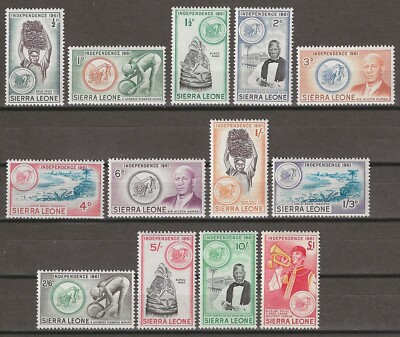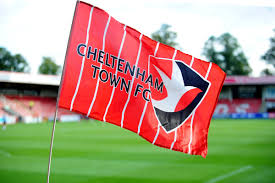An Overview of Sierra Leone: Challenges and Opportunities

Introduction
Sierra Leone, a country situated on the southwest coast of West Africa, has emerged from a brutal civil war that lasted from 1991 to 2002. This conflict left deep scars on its economy and social fabric. Today, the nation finds itself at a crossroads, striving to rebuild and redefine its identity. Understanding Sierra Leone’s current state is crucial, as it affects regional stability, economic development, and international relations.
Current Economic Landscape
As of 2023, Sierra Leone is experiencing modest economic growth. According to the World Bank, the country’s GDP grew by 4.3% in 2021 and is projected to grow by 3.5% in 2023, driven primarily by the agricultural and mining sectors. Sierra Leone is rich in natural resources, including diamonds, gold, and bauxite, which significantly contribute to its export earnings. However, the economy remains highly dependent on foreign aid and investment, making it vulnerable to external shocks and fluctuations in commodity prices.
Political Climate
The political climate in Sierra Leone has seen stability since the end of the civil war, particularly following the 2018 presidential elections, which were marked by a relatively peaceful transition of power to Julius Maada Bio of the Sierra Leone Peoples Party. However, there remain challenges such as corruption, unemployment, and human rights issues that the government must address to foster further development. Recent protests indicate that citizens are becoming increasingly vocal about their grievances, urging the government to improve essential services and uphold democratic principles.
Cultural Richness and Heritage
Despite the challenges, Sierra Leone boasts a vibrant cultural heritage that encompasses various ethnic groups, languages, and traditions. The nation is known for its music, particularly palm wine music and songs that often reflect societal issues and storytelling. Festivals, such as the Freetown Music Festival, highlight the country’s artistic talent and ability to unite its people. Moreover, Sierra Leone is famed for its beautiful beaches, lush landscapes, and wildlife, which have great potential to boost tourism—a sector that is still largely untapped.
Conclusion
The journey of Sierra Leone is one of resilience and potential. As it continues to recover from its troubled past, the country faces both challenges and opportunities that will shape its path forward. Investors and international communities are closely monitoring the developments, recognising that a stable and prosperous Sierra Leone can significantly contribute to the West African region’s overall progress. As Sierra Leone transitions into a new phase, the eyes of the world remain on this nation, hoping for its success and transformation.
You may also like

The Role of Sports in Shaping Our Society

Djibouti: A Strategic Gateway in East Africa
